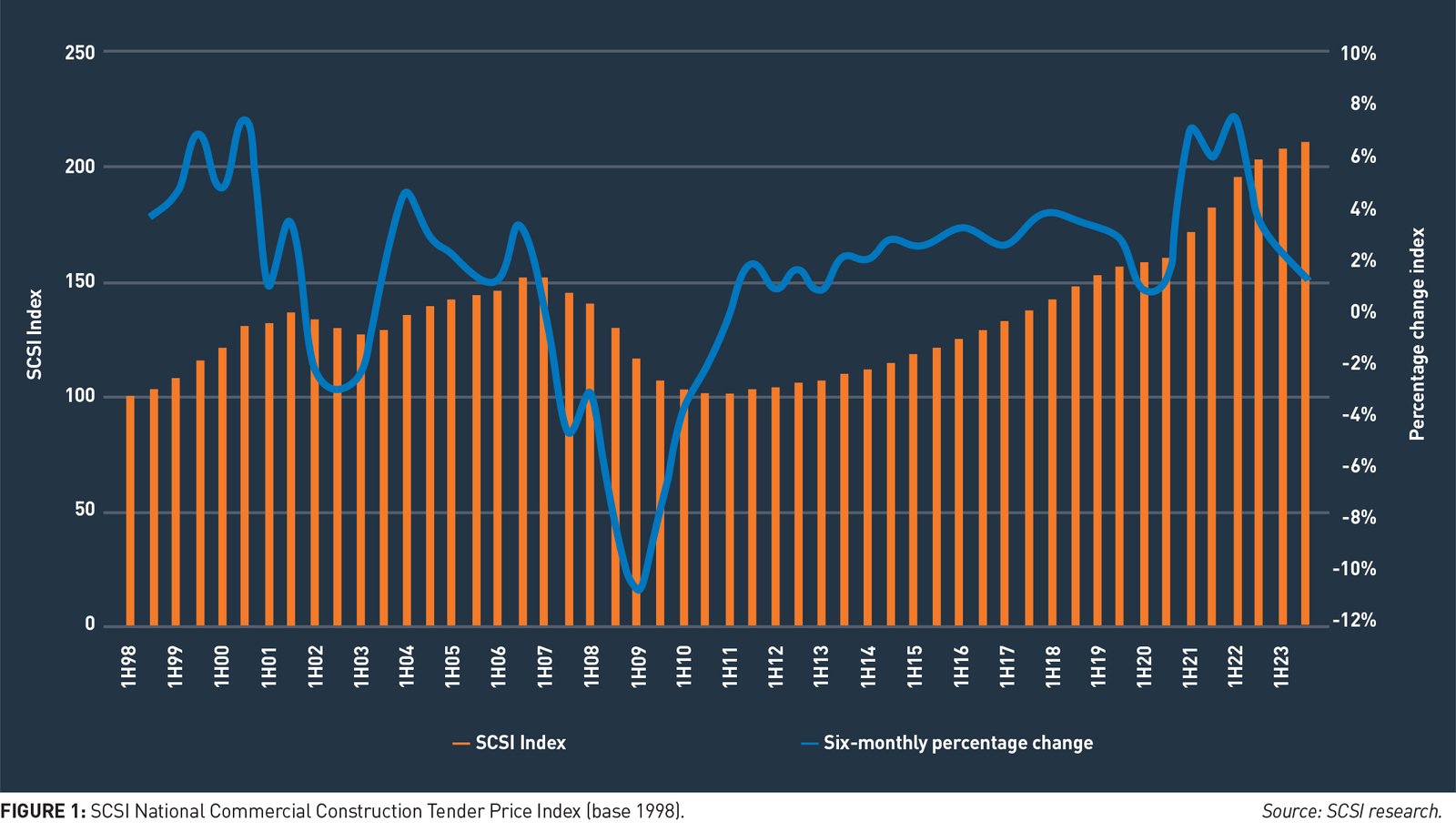Meme Coin News Meteora Founder Sued, CPI Sparks Market Fear
Meteora founder faces lawsuits over Libra and Meme Coin News as CPI data triggers market uncertainty. Get the latest crypto news...

The cryptocurrency market has been rocked by a series of developments that have sent shockwaves through the meme coin community. In a dramatic turn of events, the founder of Meteora, a prominent figure in the decentralized finance space, now faces legal challenges related to two controversial meme coins: Libra and Melania. Adding to the turbulence, recent Consumer Price Index data has injected fresh uncertainty into an already volatile market, leaving investors questioning the future trajectory of both traditional and digital assets. This confluence of legal drama and macroeconomic indicators has created a perfect storm that demands closer examination from anyone invested in or following the meme coin phenomenon.
The intersection of regulatory scrutiny, celebrity-themed tokens, and broader economic concerns presents a complex narrative that goes far beyond simple market speculation. As the crypto community grapples with these developments, understanding the full scope of these events becomes crucial for investors, enthusiasts, and observers alike. The story unfolding around Meteora’s founder represents more than just another controversy in the wild world of meme coins—it signals a potential turning point in how these digital assets are perceived, regulated, and traded in an increasingly scrutinized environment.
The Meteora Founder Under Legal Fire
The legal troubles surrounding the Meteora founder have emerged as one of the most significant stories in recent meme coin news. The lawsuit centers on allegations connected to the creation and promotion of two distinct meme coins: Libra and Melania. These tokens, like many in the meme coin category, gained traction through a combination of social media buzz, celebrity associations, and the speculative fervor that has characterized the cryptocurrency market in recent years.
According to reports circulating within the crypto community, the legal action alleges improprieties in how these tokens were launched, marketed, and managed. While specific details of the lawsuit remain subject to ongoing legal proceedings, the case has raised fundamental questions about accountability and transparency in the meme coin sector. The founder’s prominent position within the DeFi ecosystem through Meteora has amplified the significance of these allegations, as the platform has been instrumental in facilitating liquidity and trading for numerous digital assets across multiple blockchain networks.
The timing of this lawsuit is particularly noteworthy given the increasing regulatory attention directed toward cryptocurrency projects globally. From the Securities and Exchange Commission’s aggressive enforcement actions in the United States to comprehensive regulatory frameworks emerging in Europe and Asia, the legal landscape for digital asset creators has become increasingly complex. The Meteora case may well serve as a bellwether for how courts and regulators approach the unique challenges posed by meme coins, which occupy a peculiar space between entertainment, investment, and community engagement.
The Libra and Melania Meme Coins
To fully grasp the significance of the lawsuit, it’s essential to understand what the Libra and Melania tokens represent within the broader meme coin ecosystem. These coins emerged during a period when celebrity-themed and politically inspired cryptocurrencies proliferated across various blockchain platforms, particularly on Solana and Ethereum networks, where transaction speeds and costs made launching new tokens relatively accessible.
The Libra meme coin, despite sharing a name with Meta’s abandoned stablecoin project, represented an entirely different venture. This token capitalized on name recognition and the broader narrative around alternative financial systems. Like many meme coins, its value proposition rested less on technological innovation or practical utility and more on community enthusiasm, viral marketing, and the hope that early investors might capture significant returns as the token gained popularity.
The Melania coin, meanwhile, drew its identity from association with Melania Trump, joining a growing category of politically themed meme coins that have emerged in recent years. These tokens often generate controversy due to their use of public figures’ names and likenesses, raising complex questions about intellectual property rights, endorsement, and the ethical boundaries of cryptocurrency marketing. The coin’s launch coincided with heightened political discourse, making it a lightning rod for both speculation and criticism.
Both tokens exemplify the speculative nature that has come to define much of the meme coin market. Unlike established cryptocurrencies with clear use cases, governance structures, or technological innovations, these tokens relied primarily on social media momentum and the fear of missing out that drives much cryptocurrency investment behavior. The lawsuit against the Meteora founder suggests that the line between entrepreneurial venture and potentially problematic practices may have been crossed in the creation or management of these projects.
CPI Data Sparks Market Uncertainty
While the legal drama surrounding meme coins captures headlines, broader macroeconomic forces have simultaneously introduced fresh volatility into cryptocurrency markets. Recent Consumer Price Index data has reignited concerns about inflation persistence, monetary policy direction, and the overall health of the global economy. These traditional economic indicators might seem disconnected from the world of meme coins and decentralized finance, but they exert profound influence on investor sentiment and risk appetite across all asset classes.
The latest CPI figures revealed that inflation remains stickier than many economists and market participants had anticipated. This data has complicated the narrative around potential interest rate cuts from central banks, particularly the Federal Reserve, which had been expected to ease monetary policy as inflation cooled. When inflation proves more persistent, central banks face pressure to maintain or even increase interest rates, creating a challenging environment for risk assets, including cryptocurrencies.
For cryptocurrency investors, this macroeconomic backdrop creates a particularly complex decision-making environment. Higher interest rates typically strengthen traditional savings vehicles and make speculative investments less attractive by comparison. The entire cryptocurrency market, from established assets like Bitcoin and Ethereum to experimental meme coins, tends to correlate with broader risk sentiment. When investors become nervous about economic conditions, capital often flows toward safer havens rather than speculative digital tokens.
The combination of regulatory uncertainty exemplified by the Meteora lawsuit and macroeconomic jitters from CPI data creates what traders call a “risk-off” environment. In such conditions, assets perceived as speculative or risky typically underperform, and meme coins—sitting at the speculative end of the cryptocurrency spectrum—face particularly strong headwinds. This dual pressure from legal concerns and economic uncertainty explains much of the recent volatility observers have noted in meme coin markets.
Implications for the Meme Coin Market
The convergence of legal action and economic uncertainty carries significant implications for the future of the meme coin market. For years, these tokens have operated in a relatively gray area of regulation, benefiting from the decentralized nature of blockchain technology and the rapid pace of innovation that often outstrips regulatory response. However, cases like the one against the Meteora founder signal that this period of relative freedom may be drawing to a close.
One immediate impact concerns how future meme coins will be launched and marketed. If the lawsuit establishes unfavorable precedents for token creators, we may see increased caution in how projects position themselves, communicate with investors, and structure their operations. This could lead to more formal disclosure requirements, clearer warnings about speculative risks, and potentially even registration requirements with financial regulators, depending on how legal interpretations evolve.
The reputational impact on the DeFi ecosystem cannot be understated either. Meteora has been a respected player in providing liquidity infrastructure, and legal troubles for its founder raise questions about governance, oversight, and accountability within decentralized projects. Investors and users may become more discriminating, demanding greater transparency and proven track records before committing capital to new ventures or platforms.
From a market dynamics perspective, increased legal scrutiny might paradoxically benefit more established projects while creating higher barriers for new entrants. If launching a meme coin requires navigating complex legal requirements and bearing significant compliance costs, the market could consolidate around tokens with stronger financial backing and legal resources. This would represent a marked shift from the current environment, where virtually anyone can launch a token with minimal overhead.
The Broader Cryptocurrency Regulatory Landscape
The Meteora founder case does not exist in isolation but rather represents one thread in a much larger tapestry of cryptocurrency regulation taking shape globally. Regulators worldwide have struggled to develop frameworks that protect consumers without stifling innovation, balance national security concerns with financial freedom, and address the unique challenges posed by decentralized technologies that transcend traditional jurisdictional boundaries.
In the United States, the Securities and Exchange Commission has pursued an enforcement-heavy approach, arguing that many cryptocurrencies constitute securities and therefore fall under existing regulatory frameworks. This strategy has generated significant controversy within the crypto industry, with critics arguing that regulation by enforcement creates uncertainty and drives innovation offshore. The Meteora lawsuit, depending on its specific legal theories, may contribute to the evolving case law that will ultimately define how digital asset regulations develop.
European regulators have taken a somewhat different approach with the Markets in Crypto-Assets Regulation, attempting to create comprehensive rules specifically designed for digital assets rather than retrofitting existing securities law. This framework addresses everything from stablecoin reserves to market manipulation, creating a more predictable environment for crypto businesses operating within EU jurisdictions. However, meme coins still pose unique challenges given their community-driven nature and often satirical or entertainment-focused positioning.
Asian markets present yet another regulatory picture, with countries ranging from crypto-friendly jurisdictions like Singapore to those like China that have implemented comprehensive bans. This global patchwork creates complexity for projects with international reach and raises questions about regulatory arbitrage, where projects might locate in favorable jurisdictions while serving global audiences.
Investor Psychology and Market Dynamics
Understanding the current meme coin news requires examining the psychological factors that drive investment decisions in this unique market segment. Meme coins have always occupied a peculiar position in the cryptocurrency ecosystem, simultaneously derided as jokes and celebrated as democratizing forces that challenge traditional finance. This duality reflects deeper tensions within the crypto community about purpose, value, and legitimacy.
The appeal of meme coins extends beyond simple profit-seeking, though financial motivation certainly drives much of the trading activity. These tokens offer participants a sense of community membership, shared identity, and even political or cultural expression. When someone buys a politically themed meme coin, they may be making a statement as much as an investment. This complex motivation structure makes meme coin markets particularly volatile and difficult to predict using traditional financial analysis.
Recent events—both the legal troubles and macroeconomic concerns—test this community’s resilience. When a prominent founder faces lawsuits or when economic data suggests broader market challenges, the narrative-driven value proposition of meme coins faces direct challenge. If the story breaks down, if the community loses confidence, or if the joke stops being funny, meme coins can experience a rapid value collapse that outpaces even the volatility typical of cryptocurrency markets generally.
The psychological impact of CPI data on meme coin investors represents an interesting case study in how traditional economic factors influence seemingly disconnected markets. Many meme coin enthusiasts position themselves as rebels against traditional finance, yet they remain deeply affected by central bank policies, inflation data, and economic cycles. This suggests that, despite revolutionary rhetoric, cryptocurrency markets remain integrated with rather than isolated from the broader financial system.
Risk Management in the Current Environment
For investors navigating the current landscape of meme coin volatility, the combination of legal uncertainty and macroeconomic jitters demands particularly careful risk management. The speculative nature of meme coins has always required strong risk controls, but current conditions amplify these requirements significantly.
Diversification becomes especially important when specific segments face concentrated risks. Investors heavily weighted toward meme coins face exposure not only to general cryptocurrency market movements but also to the particular regulatory and reputational risks highlighted by cases like the Meteora founder lawsuit. Balancing meme coin positions with more established cryptocurrencies or traditional assets can help mitigate some of this concentration risk.
Position sizing also demands attention in volatile environments. The temptation with meme coins often involves allocating disproportionate capital toward high-risk, high-reward scenarios in the hope of capturing extraordinary returns. However, when both legal precedents and macroeconomic conditions remain uncertain, smaller position sizes allow investors to maintain exposure while limiting potential losses if conditions deteriorate further.
Staying informed represents another crucial risk management strategy. The rapid pace of developments in both cryptocurrency regulation and economic data releases means that conditions can shift quickly. Investors who monitor news flow, understand the implications of legal proceedings, and track economic indicators position themselves to make more informed decisions about when to adjust positions or exit altogether.
Future Outlook for Meme Coins
Looking ahead, the trajectory of meme coins will likely be shaped by how current challenges are resolved. If the Meteora founder lawsuit results in significant penalties or establishes unfavorable legal precedents, it could chill enthusiasm for launching new meme coins and increase skepticism among potential investors. Conversely, if the case is dismissed or resolved favorably for the defendant, it might embolden others to continue pursuing meme coin projects with renewed confidence.
The macroeconomic picture also remains crucial for the meme coin market outlook. If inflation proves genuinely persistent and interest rates remain elevated for extended periods, risk assets broadly may face sustained pressure. In such an environment, speculative investments like meme coins would likely struggle relative to more defensive positions. However, if inflation moderates and central banks begin easing policy, improved risk sentiment could provide tailwinds for cryptocurrency markets, including meme coins.
Technological evolution may also influence meme coin futures. As blockchain platforms improve scalability, reduce transaction costs, and enhance user experience, launching and trading meme coins becomes increasingly accessible. This could sustain the meme coin phenomenon even if individual projects face challenges. Additionally, integration of meme coins into broader DeFi ecosystems—as collateral, liquidity pairs, or governance tokens—could provide new utility beyond simple speculation.
Ultimately, meme coins represent a unique experiment in community formation, value creation, and financial innovation. Whether they evolve into sustainable asset classes or fade as a peculiar historical footnote depends on numerous factors now unfolding. The current moment, with its combination of legal scrutiny and economic uncertainty, may well prove pivotal in determining which path meme coins ultimately follow.
Conclusion
The convergence of legal action against the Meteora founder and renewed economic uncertainty from CPI data has created a particularly challenging environment for meme coin investors and the broader cryptocurrency market. These developments underscore the complex reality that meme coins, despite their playful branding and community-driven narratives, operate within a financial ecosystem subject to regulation, economic cycles, and legal accountability.
The lawsuit surrounding the Libra and Melania tokens highlights the growing scrutiny that crypto projects face as regulators worldwide develop frameworks for digital assets. Meanwhile, persistent inflation concerns and their implications for monetary policy remind investors that cryptocurrency markets remain deeply interconnected with traditional financial systems and economic conditions.
For those involved in meme coins—whether as investors, developers, or observers—the current moment demands careful attention and thoughtful risk management. The outcomes of ongoing legal proceedings and the evolution of economic conditions will significantly influence how this market segment develops in the coming months and years. While meme coins have demonstrated remarkable resilience and community strength in the past, they now face tests that will determine whether they can mature into sustainable parts of the financial landscape or whether current challenges mark the beginning of a broader retreat from peak speculative fervor.
As always in cryptocurrency markets, the only certainty is continued volatility and evolution. Those who remain informed, maintain disciplined risk management, and approach investments with clear eyes about both opportunities and dangers will be best positioned to navigate whatever comes next in the ever-fascinating world of meme coins.
FAQs
Q: What are meme coins, and how do they differ from traditional cryptocurrencies?
Meme coins are cryptocurrencies that originate from internet memes, jokes, or pop culture references rather than solving specific technological problems or offering clear utility. Unlike Bitcoin, which was designed as a digital currency, or Ethereum, which enables smart contracts and decentralized applications, meme coins typically derive value primarily from community enthusiasm, social media trends, and speculative trading.
Q: Why is the Meteora founder lawsuit significant for the cryptocurrency industry?
The lawsuit against the Meteora founder carries broader implications for how cryptocurrency projects, particularly meme coins, may be regulated and held accountable in the future. As regulators worldwide work to develop appropriate frameworks for digital assets, cases like this establish legal precedents and clarify the responsibilities of project founders.
Q: How does CPI data affect cryptocurrency markets like meme coins?
Consumer Price Index data measures inflation and influences central bank monetary policy decisions, particularly regarding interest rates. When CPI shows persistent inflation, central banks may maintain or raise interest rates to cool the economy, making traditional savings vehicles more attractive and reducing appetite for speculative investments.
Q: What should investors consider before buying meme coins?
Investors considering meme coins should understand they represent highly speculative investments with substantial risk of total loss. Key considerations include only investing amounts you can afford to lose completely, researching the project team and their track record, understanding tokenomics, including supply distribution and concentration, assessing community strength and sustainability, and recognizing that most meme coins lack fundamental value drivers beyond speculation.
Q: Could regulatory action kill the meme coin market entirely?
While increased regulation will likely change how meme coins operate and may eliminate some projects, it’s unlikely to eliminate the phenomenon. Regulatory frameworks tend to evolve to balance consumer protection with innovation rather than outright banning entire asset categories. More likely, regulation would create higher barriers to entry, require greater transparency, eliminate the most problematic projects, and potentially reduce speculative excess.


